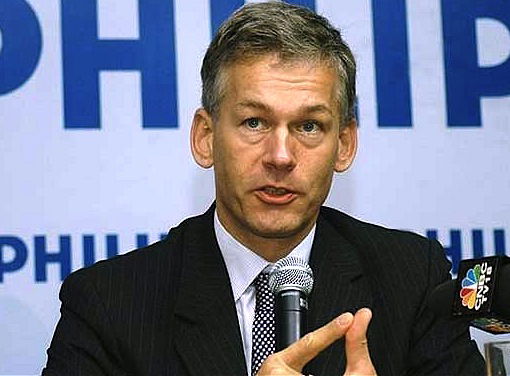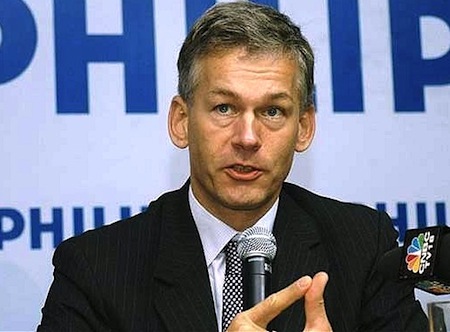In a bombshell move, Philips has announced that it is aiming to split off its 123 year old – and very successful - lighting division into what it calls 'independence'. This will be part of plans to still further increase growth from its fast expanding and higher margin health technology business. James Hunt reports:
Nearly a century and a quarter after the company made its first incandescent light bulbs, Netherlands-based Philips has announced plans to split its business and go for faster growth from health technology.
Philips, which is the world's largest lighting company – and one of the most innovative - says that it will cast off its lighting division into 'independence'. The company said as recently as last July that it would be combining its LED and automotive lights divisions to focus on the LED boom, but now has come this latest news.
The move is part of a broader strategy that started when Philips, a Voltimum founder member company, moved out of consumer electronics, with which it had been a world leader, but which had become not very profitable, and instead concentrated upon the emerging and fast-growing healthcare technology markets – especially in Asian markets. It follows a clear trend of the company divesting itself of less profitable sectors, including vinyl records, other audio, video and TVs.
‘Magnitude’
Said Philips CEO Frans van Houten: “I do appreciate the magnitude of the decision we are taking, but the time is right to take the next strategic step for Philips, as we continue on our transformation.
“Giving independence to our lighting solutions business will better enable it to expand its global leadership position and venture into adjacent market opportunities,” he commented.
Van Houten did not say whether the lighting division might be listed on the stock exchange or sold off to investors, but he said that there would be better returns for investors.
It is thought that the split should make it easier for both companies to raise money and invest (saving 200 million euros by 2016), and the operation could take around 18 months.
Increasingly difficult background
The probable background to this very important move in the global lighting industry is that LEDs have changed the world of lighting totally – in technology, in energy saving, in product lifetimes and in lighting design flexibility.
LEDs have also changed the market, and while Philips’ LED lighting sales have increased fast (in the second quarter ending June 30th, LED sales accounted for 36% of lighting sales, up from 25% in the same quarter last year), the company is still producing conventional lighting solutions with the result that its sales fell by 4% through the first half of this year, to €3.83 billion, from €4 billion in 2013's first half.
Part of the trouble is not just conventional lighting sales falling (and there are still significant markets for this), but also the high cost of investing in, designing and manufacturing high quality LEDs, when compared with the cheap, poor quality and low-life products coming from a number of emerging economies, as well as China. A price war has been one result, and it has been hurting Philips’ lighting business.
Said Frans van Houten: "The entire dynamics of the lighting market are changing. Value is moving towards systems and services.” Such systems and services include the management of complete cities (so-called ‘smart cities’) and complete intelligent lighting systems.
Philips shares, which are down around 9% this year, rose 2.4% to 24.07 euros in trading in Amsterdam.

